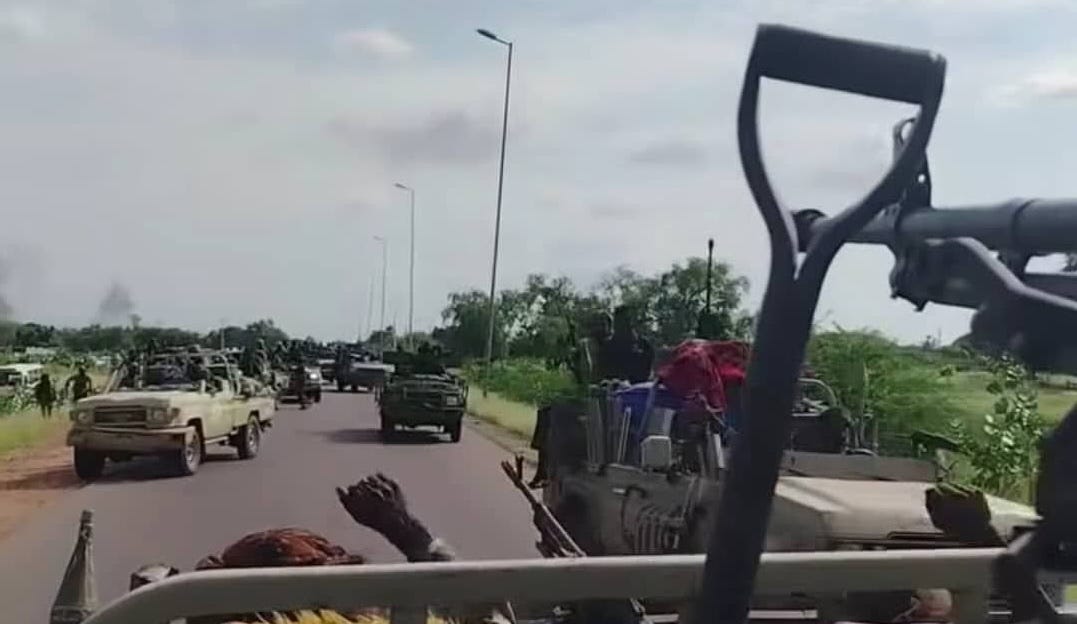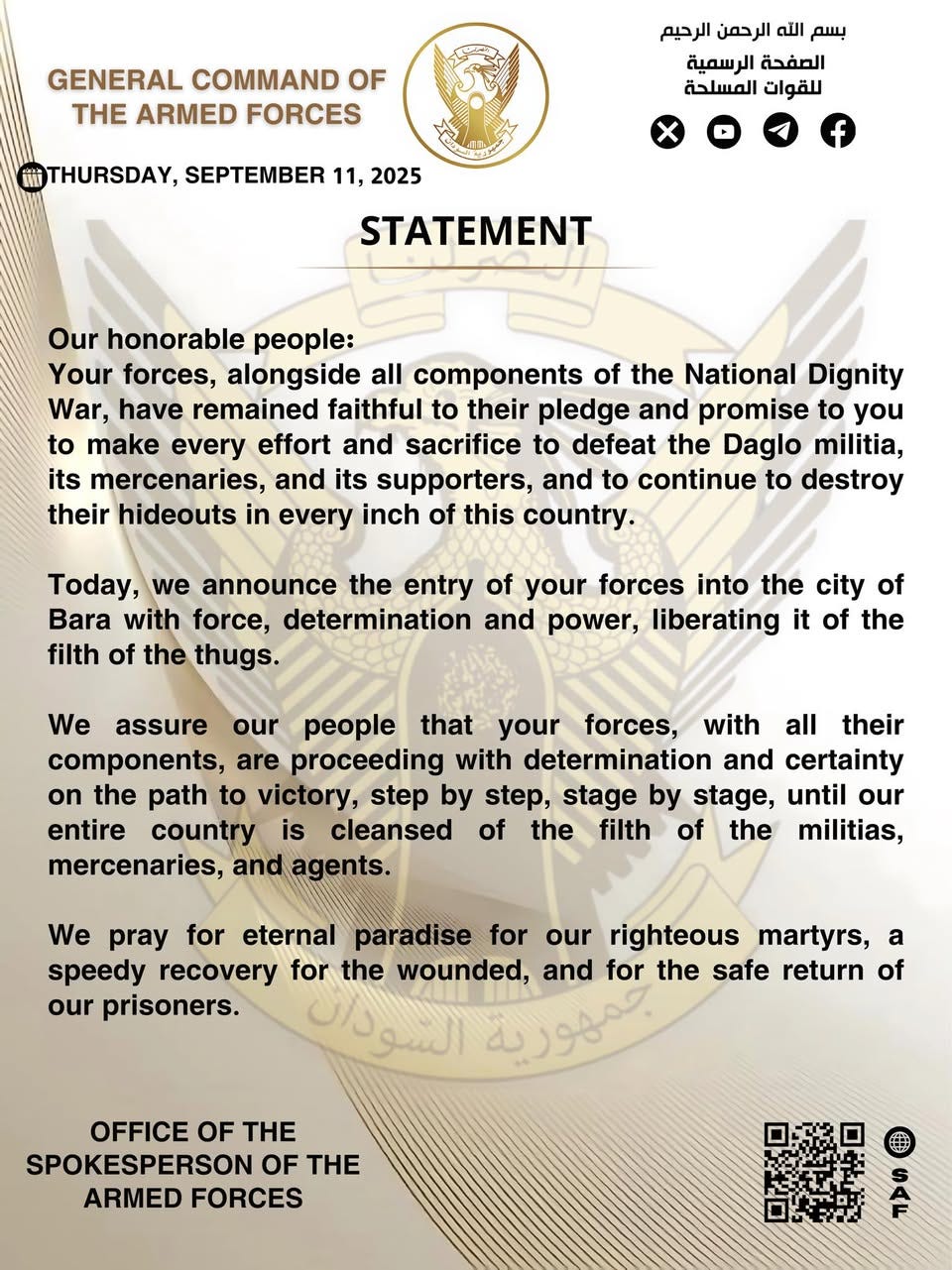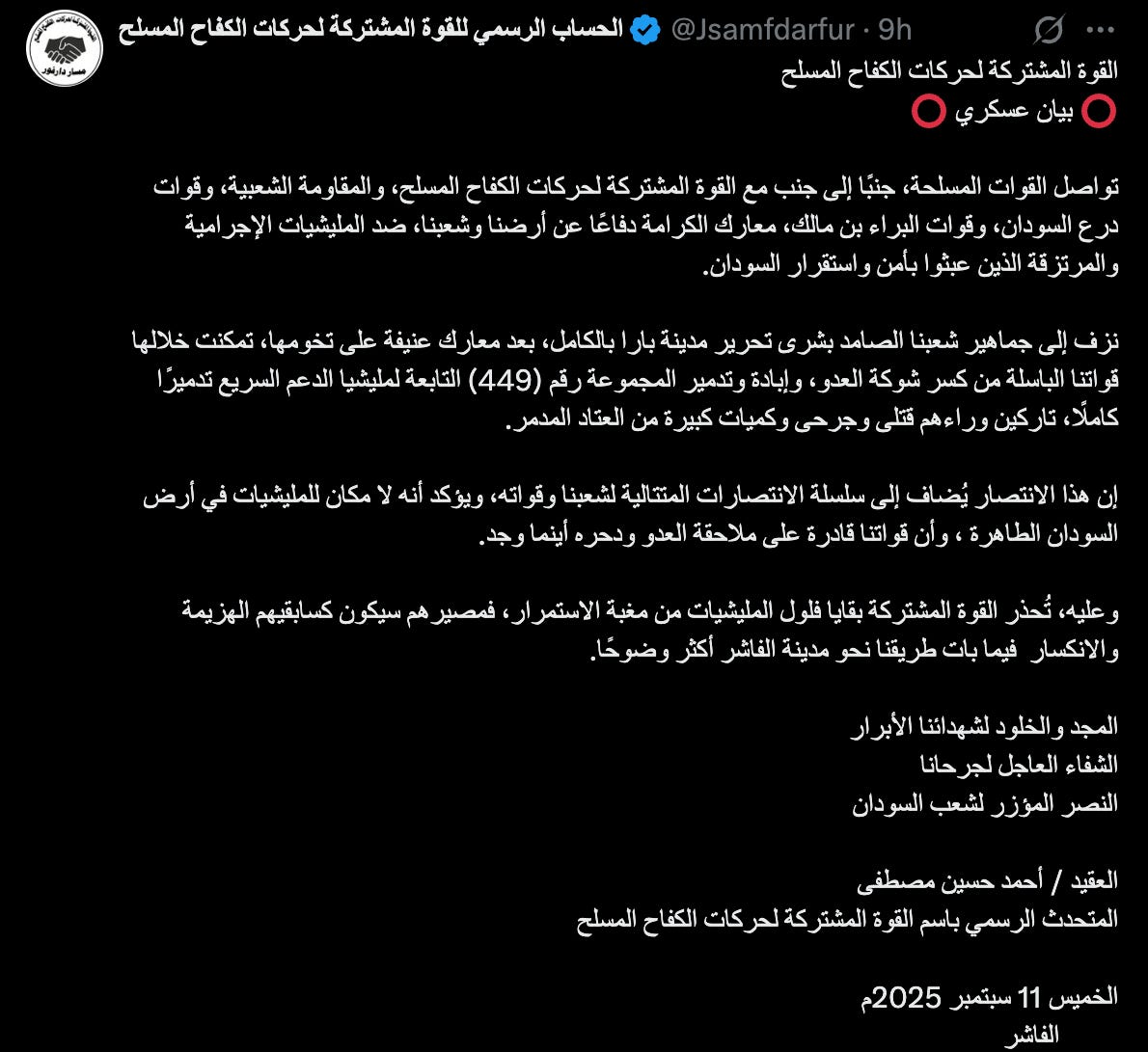RSF stronghold Bara falls to Sudan army
Victory opens supply routes and undercuts militia advance
The Sudanese Armed Forces (SAF) and their allied formations on Thursday stormed into Bara, the capital of Bara Locality in North Kordofan State, marking one of the most significant gains so far in the army’s campaign to clear the Kordofan region of the paramilitary Rapid Support Forces (RSF).
The fall of Bara strips the RSF of one of its most entrenched bastions in northern Kordofan, loosening the militia’s grip on the area and weakening a key node in its hold over civilians and supply routes.
Bara, which lies in the northern part of North Kordofan — about 55 kilometers north of the state capital El Obeid, 270 kilometers south of Khartoum State, and 170 kilometers west of the nearest White Nile State border line — sits astride the Sadarat Highway, also known as the Al-Inqaz Al-Qarbi Highway.
This strategic artery links Khartoum to Kordofan and Darfur, and under RSF control it had been turned into a launchpad for attacks on surrounding villages and a pressure point on El Obeid. Its recapture is seen not only as a geographical breakthrough for the army but as a major setback for the RSF’s campaign of siege and terror in central Sudan.
Videos reviewed and geolocated to the centre of Bara by Sudan War Monitor confirmed the SAF and allied forces’ entry into the town. One clip showed columns of fighters entering the town center, while another featured the Joint Forces operations commander in Kordofan addressing troops inside the locality.
Another widely shared video captured Sudan Shield Forces commander Abu Aqla Keikel, once an RSF ally before defecting in October last year, standing in Bara after the battle. His presence underscored both the shifting allegiances in Sudan’s fragmented war and the symbolic weight of the SAF’s victory.
In a statement following the takeover of the strategic town, the Sudanese miltiary said its forces, “alongside all components of the National Dignity War,” had fulfilled their pledge to defeat the RSF and its allies.
It announced the entry of its forces into Bara “with force, determination and power, liberating it of the filth of the thugs,” and vowed to continue operations “step by step, stage by stage, until our entire country is cleansed.” The army also prayed for “eternal paradise for our righteous martyrs, a speedy recovery for the wounded, and for the safe return of our prisoners.”
“Your forces, alongside all components of the National Dignity War, have remained faithful to their pledge and promise to you to make every effort and sacrifice to defeat the Daglo militia, its mercenaries, and its supporters, and to continue to destroy their hideouts in every inch of this country.”
“Today, we announce the entry of your forces into the city of Bara with force, determination and power, liberating it of the filth of the thugs.”
“We assure our people that your forces, with all their components, are proceeding with determination and certainty on the path to victory, step by step, stage by stage, until our entire country is cleansed of the filth of the militias, mercenaries, and agents.”
“We pray for eternal paradise for our righteous martyrs, a speedy recovery for the wounded, and for the safe return of our prisoners.”
The battle for Bara appeared to be fierce, with Sudanese army units and allied fighters forcing their way through RSF trenches dug along the town’s eastern and northern entrances. The RSF resisted from fortified positions, but the defenses gave way under heavy pressure, leaving the approaches littered with bodies.
A video circulated by Sudanese army supporters online showed dozens of RSF soldiers killed above the trenches where they had made their stand. The footage underscored the scale of the defeat, reflecting not just the collapse of an RSF stronghold in Kordofan but also the human toll of a fight that cleared the way for the army’s entry into Bara.
The battle for Bara appeared to have been fought largely by the Joint Forces of Armed Struggle Movements (JSAMF), whose ranks are dominated by fighters from Darfur. Units of the Sudan Liberation Movement (SLM) and the Justice and Equality Movement (JEM) — most of them drawn from the Zaghawa ethnic group — spearheaded the assault. Their presence on the frontlines gave the fight a distinctly Darfurian character, echoing the desert wars that shaped these movements for decades.
This desert warfare, honed through decades of bitter conflicts in Darfur, mirrors the very tactics the RSF has long relied upon. The Sudanese army’s strategy has been that in desert battles such as the one in Bara, it is the Joint Forces who take the lead. Hardened by years of fighting across Darfur’s dunes, the SLM and JEM fighters bring the same combat instincts as the RSF.
In a statement, the Joint Forces fighting alongside the military, said their units, together with the Popular Resistance, Sudan Shield Forces and the Bara bin Malik militant group, had “completely liberated the city of Bara after fierce battles on its outskirts.”
They said their forces “broke the enemy’s strength and destroyed RSF Unit 449,” leaving behind dead, wounded and large amounts of destroyed equipment. They described the victory as part of “a series of successive triumphs” and warned that any remaining RSF elements would face “the same defeat and collapse” as the road toward El Fasher becomes clearer.
“The Armed Forces, together with the Joint Force of the Armed Struggle Movements, the Popular Resistance, the Sudan Shield Forces, and the Bara bin Malik Forces, continue the battles of dignity in defense of our land and our people against the criminal militias and mercenaries who have undermined Sudan’s security and stability.”
“We bring to our steadfast people the glad news of the complete liberation of the city of Bara after fierce battles on its outskirts, during which our valiant forces broke the enemy’s strength and annihilated and destroyed RSF Unit 449, leaving behind dead and wounded along with large amounts of destroyed equipment.”
“This victory adds to a series of successive triumphs for our people and their forces, affirming that there is no place for militias on Sudan’s pure soil, and that our forces are capable of pursuing the enemy and defeating them wherever they are found.”
“Accordingly, the Joint Force warns the remnants of the militias against continuing their aggression, for their fate will be the same as those before them – defeat and collapse – as the path toward the city of El Fasher has become increasingly clear.”
Darfur governor and Sudan Liberation Movement leader Minni Arko Minnawi welcomed the recapture of Bara, writing on X that it was “the return of the city of Bara to the embrace of the homeland.” He congratulated the army and its allies, saluting “all the brave ones — the Armed Forces and the Joint Forces above all, with full support.”
Finance Minister Jibril Ibrahim, who also leads the Justice and Equality Movement (JEM), one of the principal groups in the Joint Forces, hailed the capture of Bara as the result of “great sacrifices and precious blood.”
In a statement, he said the town had been “cleansed of rebellion after fierce battles in which the Sudanese people broke the militia’s strength, leaving behind their dead, wounded and destroyed equipment.”
He vowed that forces would continue advancing “with unshakable determination” until the full liberation of El Fasher and beyond, promising the Sudanese people greater victories in the days ahead.
The RSF did not comment on the army’s capture of Bara, but instead claimed its air defenses had “for the second time in a week” shot down a Turkish-made Bayraktar Akinci drone in the Khuwai area of West Kordofan.
In a statement, the group said the drone was “targeting civilians, killing dozens of innocents, and terrorizing residents in populated areas of Darfur and Kordofan.” Khuwai, the largest settlement in West Kordofan, remains under RSF control and, together with Gabra El Sheikh — 50 kilometers north of Bara — forms part of the group’s remaining line of defense in North Kordofan.
“For the second time in a week, our valiant air defense forces have succeeded in shooting down a Turkish-made Akinci drone in the Khuwai area of West Kordofan, while it was targeting civilians, killing dozens of innocents, and terrorizing residents in populated areas of Darfur and Kordofan.”
“Our forces once again affirm their full readiness to confront any aerial aggression or infiltration attempts carried out by the terrorist Islamic Movement militia and its allies, who persist in killing and intimidating civilians, and destroying vital facilities—especially hospitals—with the aim of destabilizing Kordofan and Darfur. We confirm our ability to crush the strongholds of the Islamic Movement army and neutralize all their systems and aircraft.”
“The continued targeting of residential neighborhoods and markets clearly reveals the terrorist army’s disregard for innocent lives and demonstrates its blatant violation of international laws and norms. The repeated attacks on villages and towns expose the true face of this army, built on racist and sectarian policies that deliberately target unarmed civilians in areas completely devoid of military objectives.”
“Accordingly, we issue a clear warning to the army of the Islamic Movement and its allies: we possess the capabilities and systems to protect our land, our citizens, and our soldiers across Sudan. Our forces remain fully alert and prepared to defend towns and villages and to guarantee the security of the population. Under no circumstances will we allow harm to come to communities or the targeting of innocent lives. We also warn anyone who dares to attack our people in any area that we will strike with an iron fist, without hesitation.”
Celebrations in El Obeid and Um Rwaba
The fall of Bara to the military and its allies sparked visible celebrations across El Obeid, and in major cities across the Kordofan region. Crowds poured into the streets of El Obeid and Um Rwaba chanting slogans in support of the army, waving flags and beating drums, hailing the victory as not only a military breakthrough but also a symbolic reprieve after more than two years of hardship under RSF terror.
For many civilians in El Obeid, the fall of Bara meant the immediate threat advancing from the north had finally been lifted. For the army, the victory secures a direct supply route from Khartoum State to El Obeid, easing the pressure on the city after months of siege.
Previously, reinforcements to the Kordofan front had been forced to take the long route through White Nile State, traveling hundreds of kilometers. With Bara now under its control, the army can reopen the main highway linking Khartoum to El Obeid, allowing not only troop movements but also the flow of goods and essential supplies for civilians.
Deputy army commander-in-chief Shams El Din Kabashi, who has been in Kordofan for two weeks overseeing operations, appeared before jubilant crowds outside El Obeid and waved to the celebrants.
His presence further boosted the mood, with residents seeing it as a sign that the army’s leadership was firmly committed to restoring control over the region and protecting civilians who had lived under the constant shadow of RSF attacks.
This video of Kabashi on the streets of El Obeid is geolocated to Sun Wei Hotel located here: 13°11'0.38"N 30°13'10.41"E.
Bara had long been one of the RSF’s most notorious footholds. Locals remember it as the scene of massacres and violent crackdowns, including the July massacres of civilians in villages north of the town where hundreds of civilians were slaughtered.
The RSF had accused the victims of being “sleeper cells” or collaborators with the army, despite the complete absence of a Sudanese military presence in the area. Such killings deepened the sense among many Sudanese that the RSF was less a professional fighting force and more a marauding militia — looting, occupying homes, and embedding itself in civilian neighborhoods far from military installations.
That reputation had been most painfully reinforced in Khartoum, where the RSF controlled swathes of the capital but rarely the army’s fortified bases. Instead, they entrenched themselves in densely populated districts, exposing civilians to bombardment and effectively turning homes, markets, and schools into battlefronts. For residents who fled these areas, the RSF became synonymous with fear, extortion, and lawlessness.
The recapture of Bara now carries a powerful psychological weight. It relieves, at least for the moment, the sense of siege that has hung over El Obeid since the RSF’s the war begun in April 2023.
Most of Bara’s residents had long since fled south to El Obeid, which itself had endured a full RSF blockade until recent months and continues to suffer from intermittent drone strikes. But the army’s advance northwards opens the possibility of civilians returning home, however cautiously, to a town that for more than two years had been a no-go zone.
Videos
In this video, geolocated by Sudan War Monitor to 13°41'58.52"N 30°22'0.79"E, fighters from the Joint Forces of the Armed Struggle Movement are seen in pickup trucks firing west from the city center, likely during the initial moments of their entry into Bara.
In this video, elements of the Joint Forces are seen during the opening moments of the assault on Bara, entering the town from the northern approach. The footage shows fighters moving past a damaged RSF vehicle that had collided with one of their own.
In this video, elements from the Joint Forces are seen entering Bara from the North of the town, after dislodging the RSF.
In this video, a senior and unidentified commander of the Joint Forces enter Bara town following the town’s capture from the RSF.
In this video, militia commander Abu Aqla Keikel is seen standing before a signpost of the RSF’s so-called Negative Phenomena Police in Bara, a symbol of the militia’s former grip on the town.
In this video, Keikel is seen inside an allegedly captured RSF vehicle, a gesture mocking the fleeing militia after the fall of the town.
In this video, Abu Aqla Keikel, flanked by Farat Wad al-Omda of the Bara Bin Malik forces, is seen addressing a group of soldiers shortly after the town’s capture.
Photos
These photos captures moments of celebrations in El-Obeid, Um Rwaba, and Kassala following the capture of Bara from the RSF.
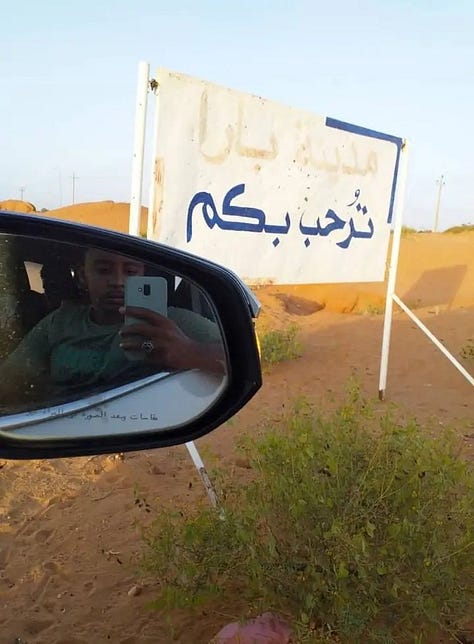
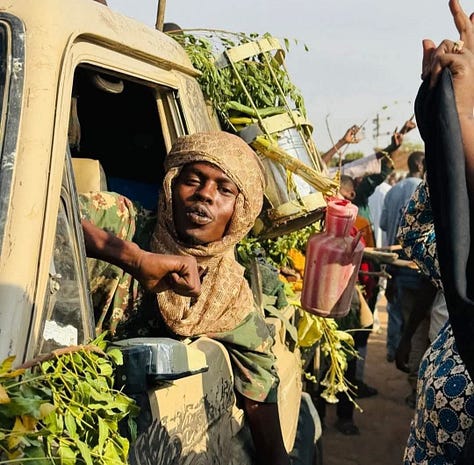
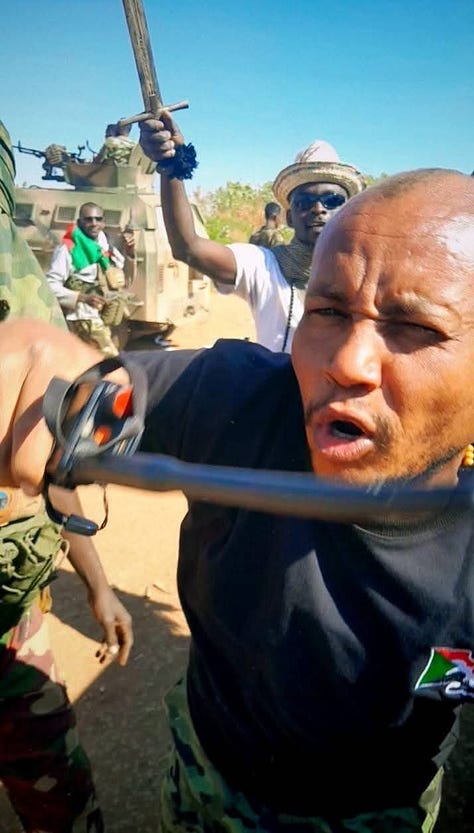
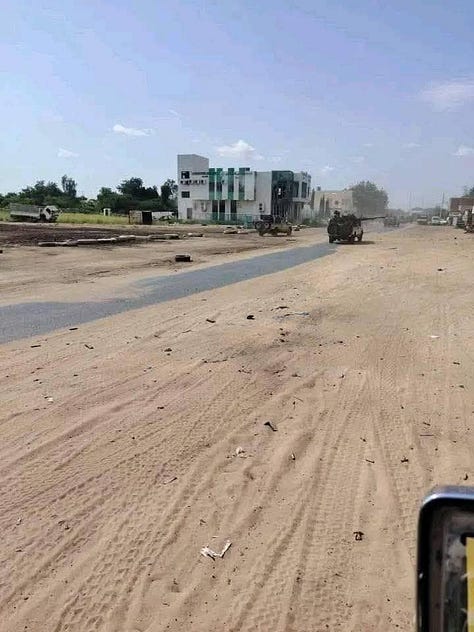
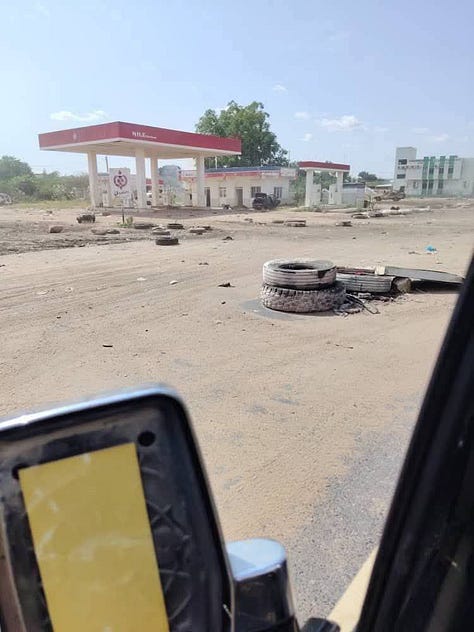
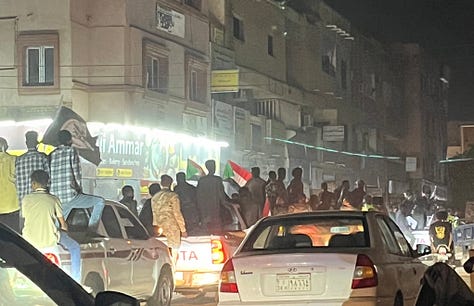
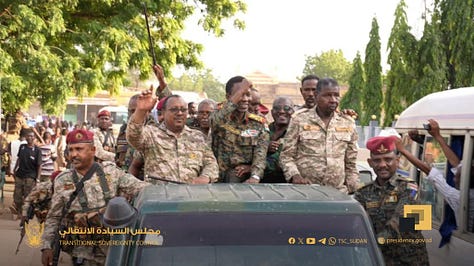

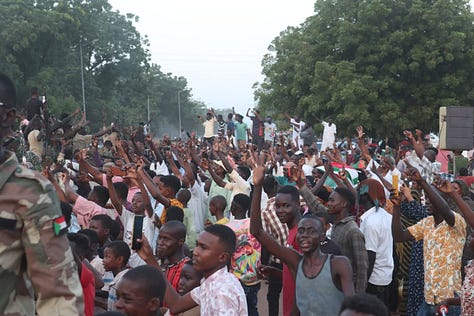
⚠️Warning: Graphic content ahead.
In this video circulating online, dozens of bodies of RSF soldiers are seen above trenches in Bara following the capture of the city by the Sudanese military and their allies.
In this video, slain RSF soldiers are seen lying under a try. The soldier filming is from the Joint Forces.
In this video, the bodies of slain RSF soldiers are seen lying on the ground outside Bara, filmed in darker conditions and likely after the army’s pursuit of retreating fighters following the town’s afternoon capture.


